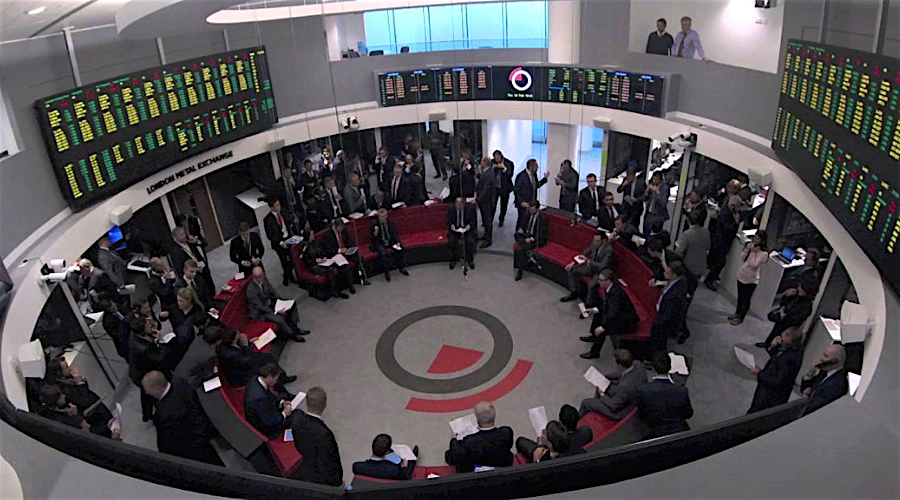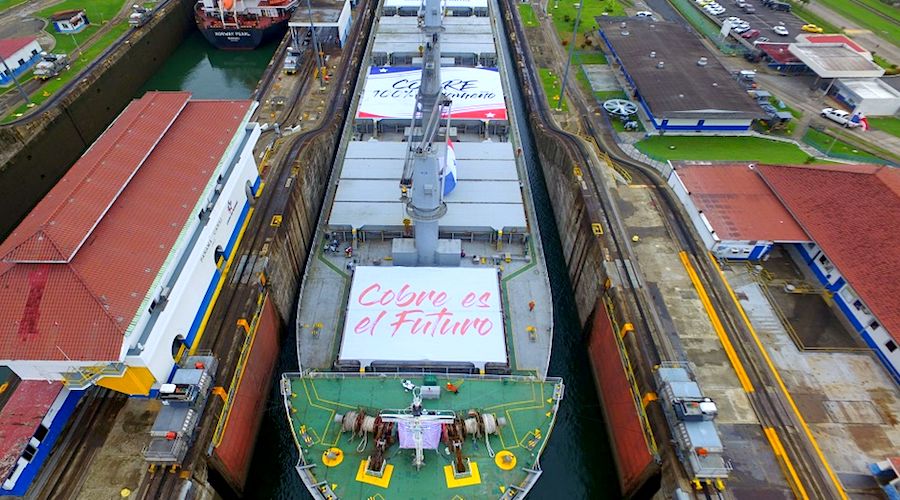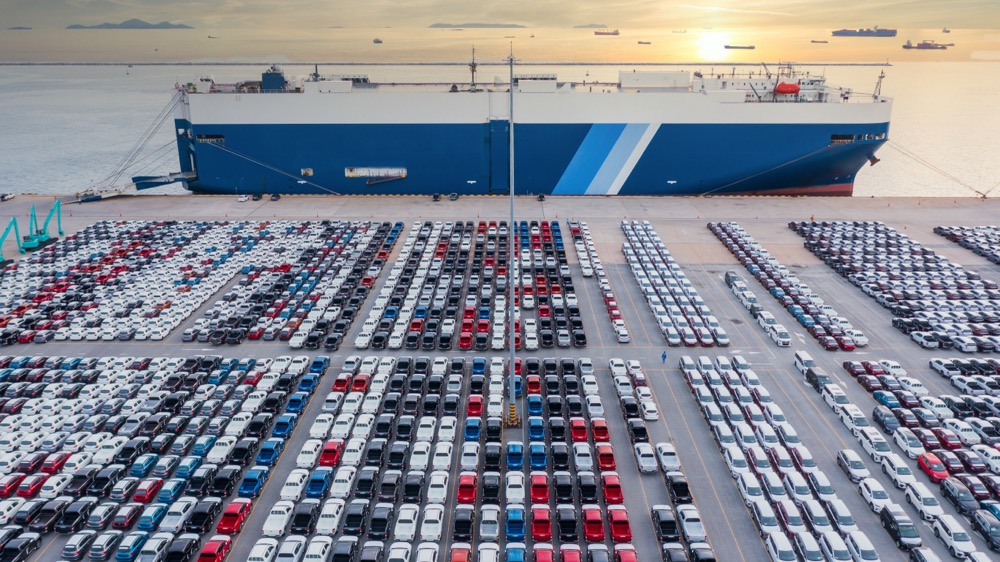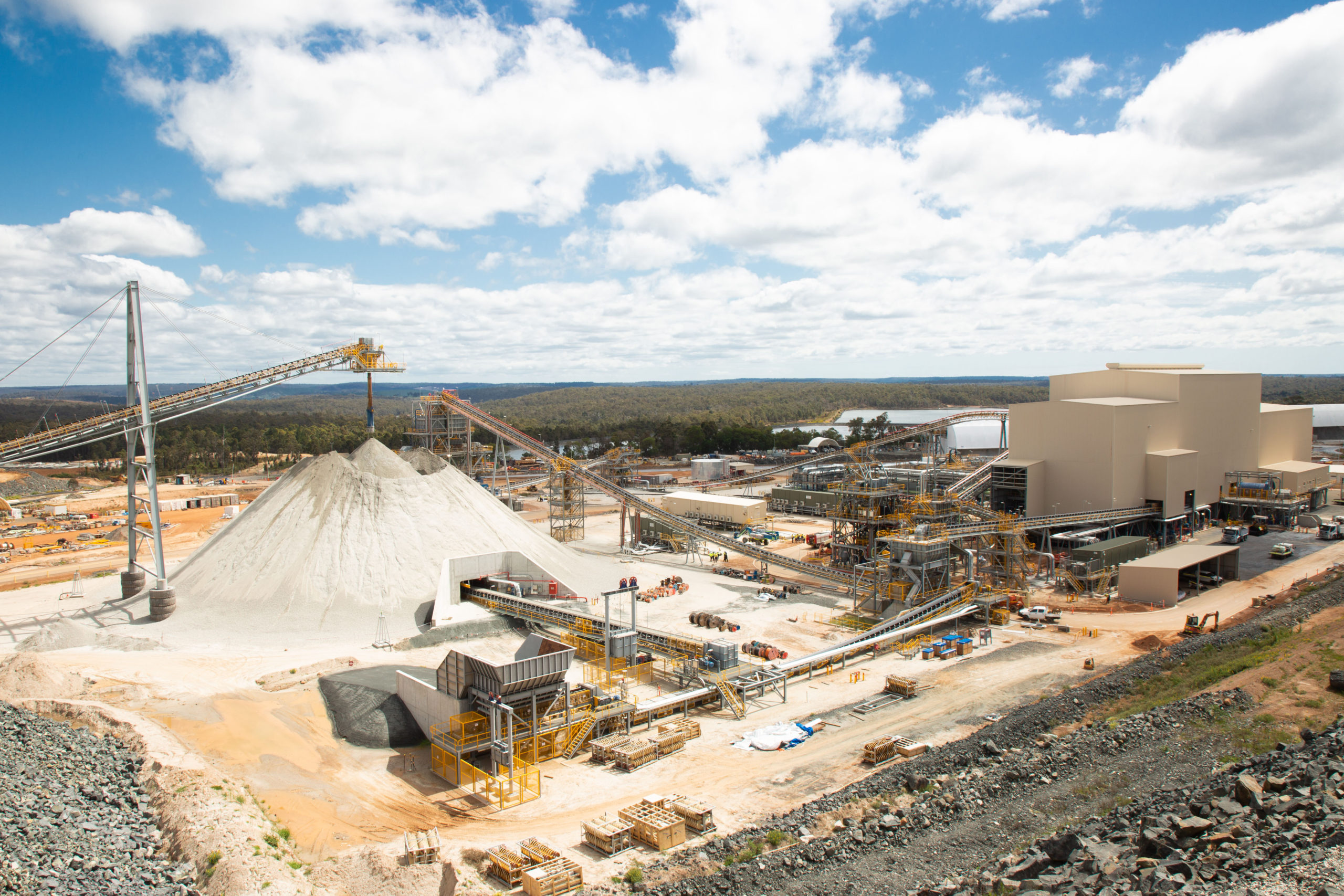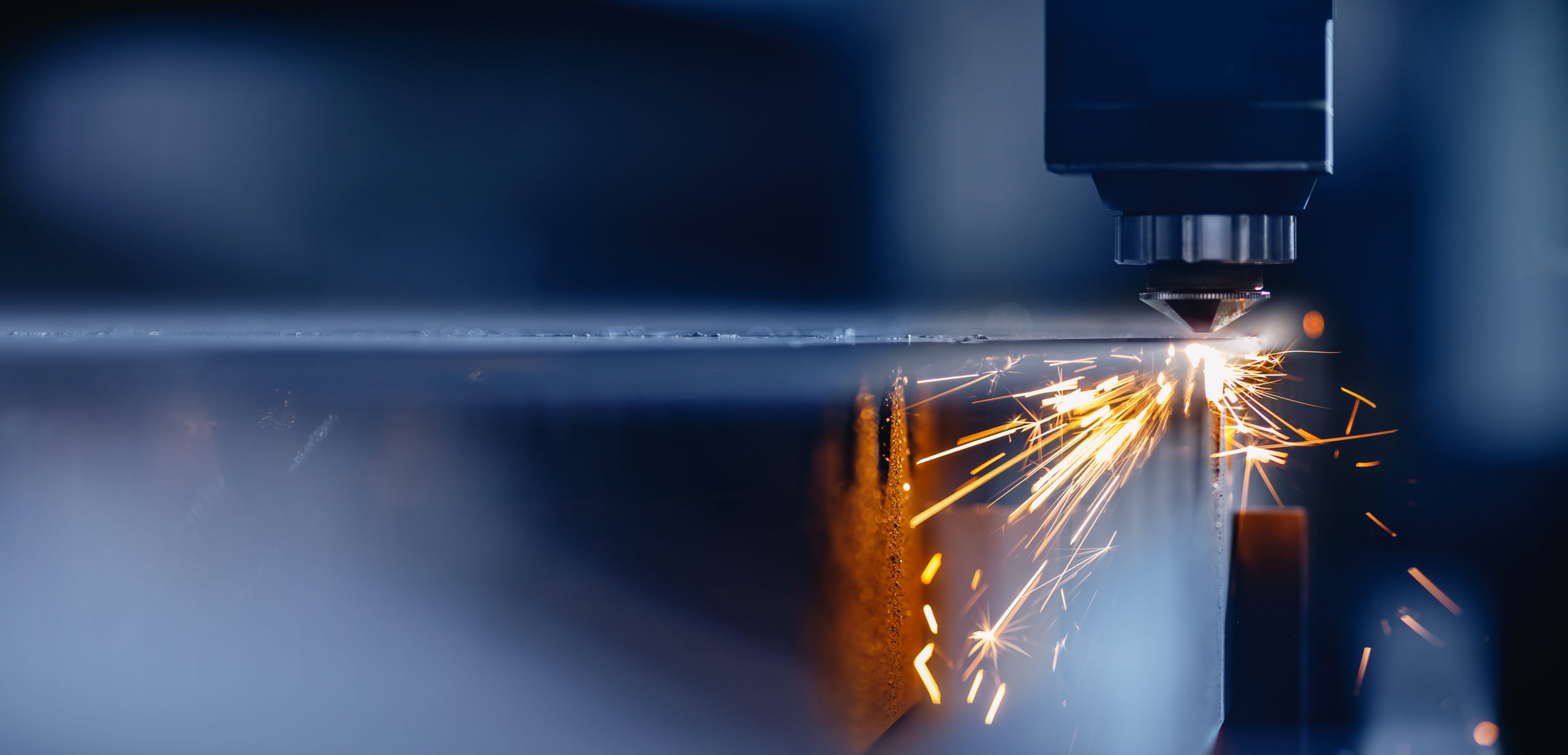It is likely to happen early next year and last for three months, after which pricing will return to the ring.
Fund investors have complained that trading bursts in the ring just before the close have distorted closing prices, while traders of physical metal support it.
“If we are going to have this debate, it has to be informed by proper quantitative and qualitative evidence,” Chamberlain said. “The only way we can take this discussion to a more scientific basis is to do the trial.”
Chamberlain said nickel had been chosen because it was a liquid contract but not as important to the market as aluminium and copper, which have the highest volumes.
Trading of other nickel contracts and the official ring where settlement prices are set will remain unchanged.
Chamberlain also said the exchange, established in 1877, would remain in London after Britain leaves the European Union next year, adding that most of the LME’s members were based in Britain, the United States or Australia and would largely be unaffected by Brexit.
“We are confident that a sufficiently large proportion of our membership have access to our market that we are happy saying at this stage that we will be staying in London,” he said, adding that less than 20 percent of the exchange’s business came from the European continent.
Chamberlain said the LME is applying for individual trading licences in European countries and wants to work with EU regulators.
The exchange and its European members and customers are working on arrangements to make sure they have access to the market after Brexit, such as establishing corporate entities in Britain, and are lobbying authorities to make sure trading remains possible, he said. (Reporting by Peter Hobson Editing by David Evans and David Goodman)

